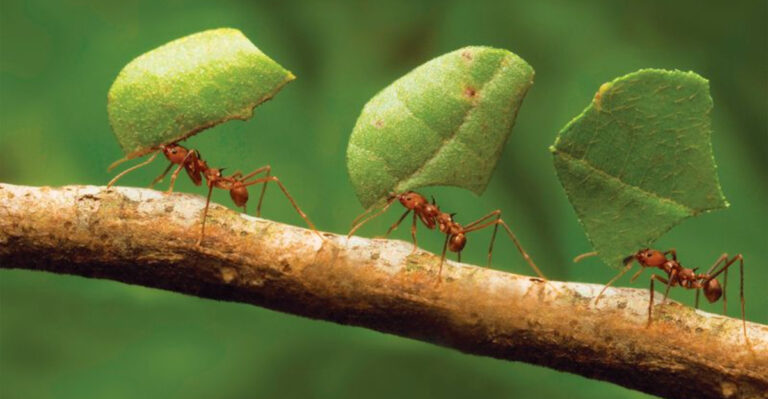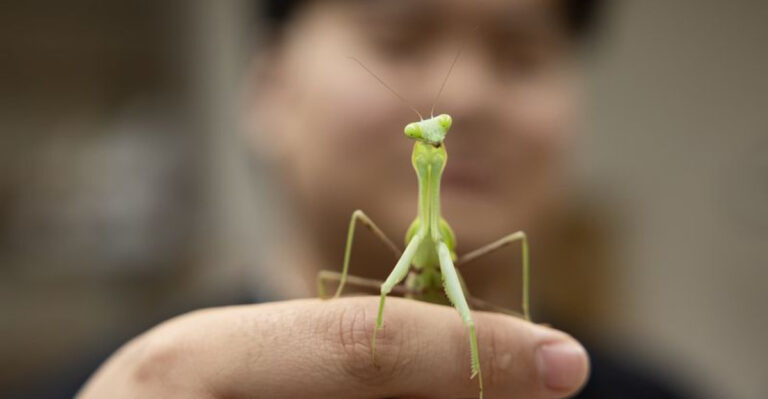New Mosasaur Species With ‘Screwdriver Teeth’ Discovered In Morocco

Deep beneath Morocco’s ancient seabeds, scientists have uncovered a prehistoric marine predator with teeth unlike any seen before.
The newly discovered mosasaur species, named Stelladens mysteriosus, sports uniquely shaped teeth resembling modern screwdriver tips.
This extraordinary find not only expands our understanding of prehistoric marine life but also reveals surprising adaptations that helped these massive reptiles dominate ancient oceans.
1. Introducing Stelladens Mysteriosus: The Mosasaur With Unique Teeth
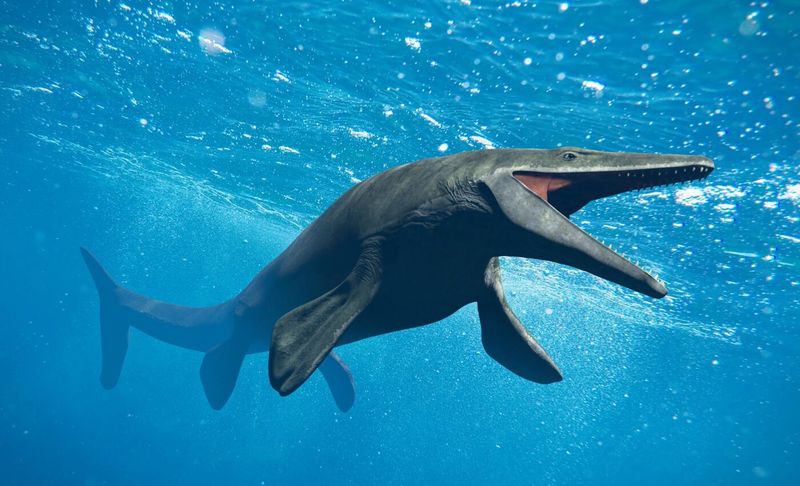
Imagine a bus-sized sea monster with teeth shaped like tools from your garage! Stelladens mysteriosus gets its scientific name from the Latin words for ‘mysterious star tooth.’
Paleontologists stumbled upon this creature’s remains while examining fossil collections from Morocco’s phosphate mines. The 66-million-year-old specimen has quickly become a scientific celebrity due to its bizarre dental equipment.
2. The ‘Screwdriver Teeth’ Phenomenon: What Makes This Species So Unique
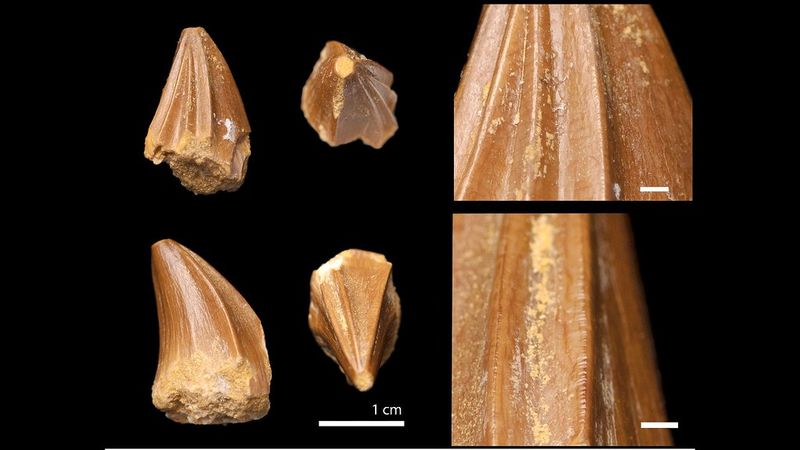
Unlike typical cone-shaped mosasaur teeth, Stelladens boasts star-patterned crowns resembling Phillips-head screwdriver tips. The ridges create multiple cutting edges on each tooth instead of just one sharp point.
These specialized choppers likely helped Stelladens tackle prey with tough outer coverings. Think of them as nature’s version of specialized kitchen gadgets – perfect for cracking open hard-shelled sea creatures!
3. How Stelladens Mysteriosus Stands Apart From Other Mosasaurs

While most mosasaurs were built like underwater freight trains – long, powerful, and straightforward – Stelladens shows evolution taking a creative detour. Its skull structure suggests a shorter, more robust jaw designed for crushing rather than slicing.
The creature’s neck vertebrae also show specialized muscle attachment points, indicating it could deliver powerful twisting bites. Almost like it evolved to use those screwdriver teeth exactly as you’d expect – with a twist!
4. Exploring The Fossil Discovery In Morocco’s Ouled Abdoun Basin
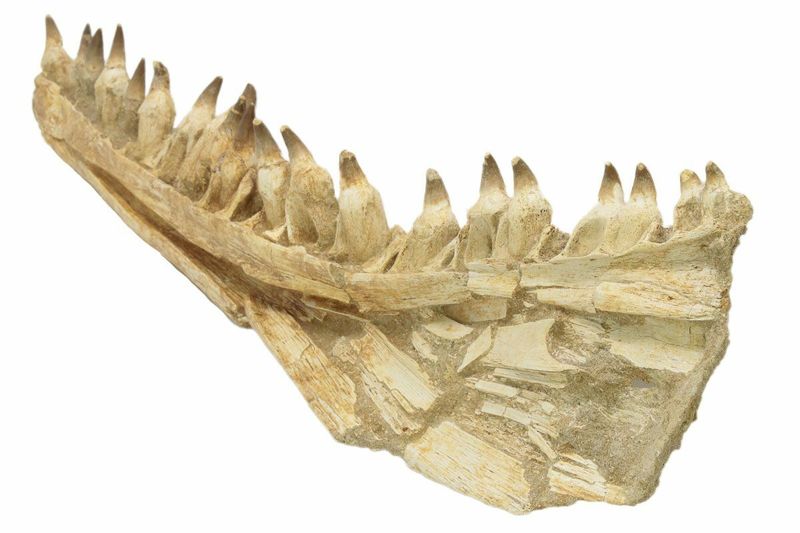
Morocco’s Ouled Abdoun Basin has earned its nickname as the “mosasaur motherlode” among fossil hunters. Workers initially discovered the strange teeth while mining phosphate deposits used in fertilizer production.
The region once formed a shallow, nutrient-rich sea during the Late Cretaceous period. This ancient environment preserved an extraordinary snapshot of marine life just before the asteroid impact that wiped out the dinosaurs.
5. The Role Of Unique Teeth In The Feeding Strategy Of Stelladens
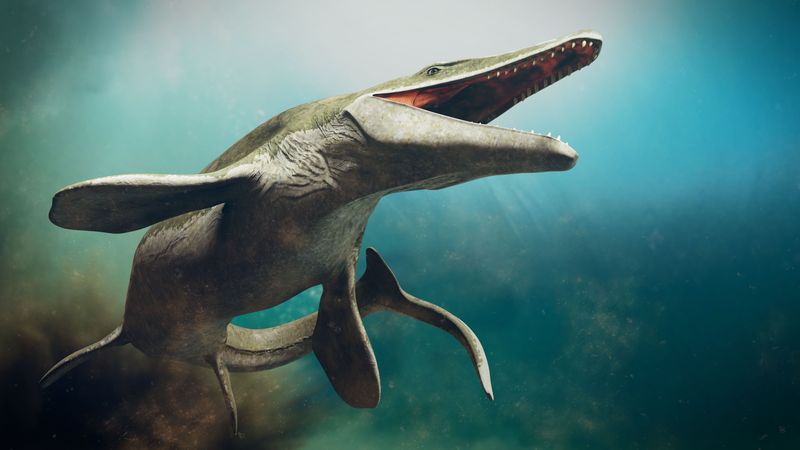
Those star-shaped teeth weren’t just for show – they solved a specific dining dilemma. Researchers believe Stelladens specialized in hunting ancient cephalopods like ammonites, whose hard shells challenged many predators.
The screwdriver-like teeth could grip and crack spiral shells with precision. Tiny wear patterns on the fossil teeth reveal repeated twisting motions, supporting the theory that Stelladens used a distinctive “grip-and-twist” hunting technique.
6. Size And Habitat: Where This Giant Mosasaur Lived And Roamed
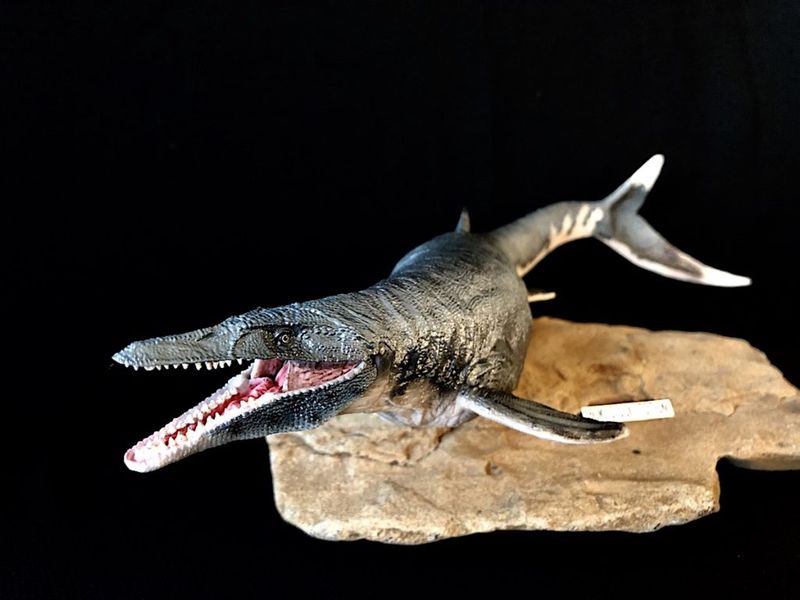
At roughly 30 feet long, Stelladens wasn’t the biggest mosasaur, but it certainly wasn’t something you’d want to encounter while swimming! Geological evidence suggests it patrolled relatively shallow coastal waters rather than the open ocean.
Fossil clues indicate a habitat rich with shellfish, ammonites, and smaller fish. The warm, tropical waters of ancient Morocco provided perfect hunting grounds for this specialized predator during the final days of the Cretaceous period.
7. Uncovering The Evolutionary Importance Of Stelladens In Marine Reptile History
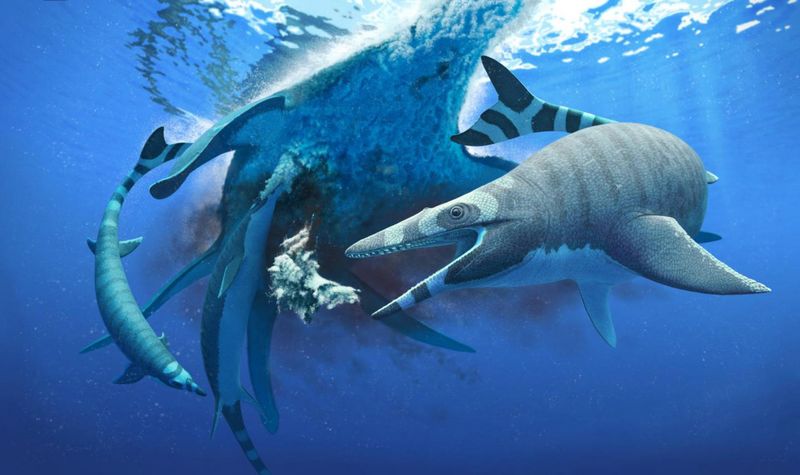
Stelladens represents a perfect example of convergent evolution – when unrelated species develop similar features to solve comparable problems. Its specialized teeth mirror tools humans would invent millions of years later!
This adaptation shows how mosasaurs were rapidly diversifying into specialized niches just before their extinction. The discovery challenges old assumptions that these marine reptiles were simply “sea monsters” without sophisticated hunting adaptations.
8. The Mystery Of The ‘Phillips-Head Screwdriver’ Teeth: What Do They Tell Us?

Microscopic analysis of Stelladens teeth revealed something unexpected – tiny particles of iridium embedded in the enamel! This rare element is associated with the asteroid that caused the dinosaur extinction.
The presence suggests Stelladens was alive during the catastrophic impact event. These teeth essentially recorded the apocalypse, preserving evidence of environmental changes that ultimately doomed the species – like finding a dinosaur’s diary from doomsday!
9. How Stelladens Adds To Our Understanding Of Late Cretaceous Marine Ecosystems
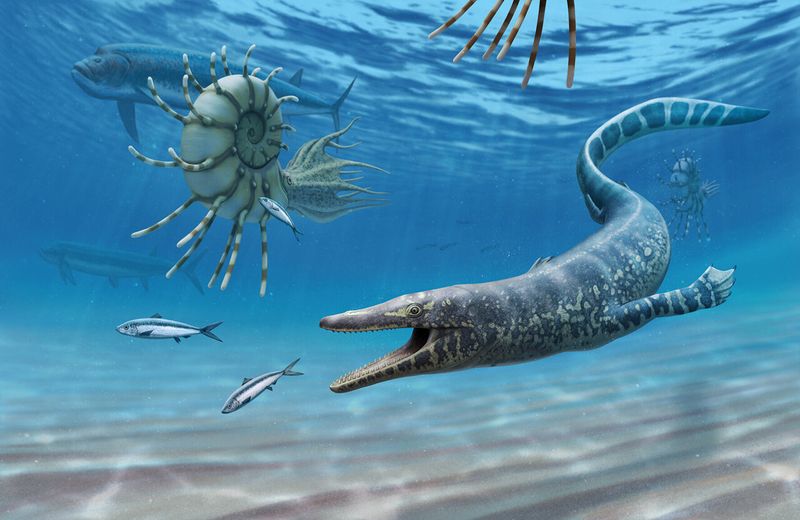
Before Stelladens, scientists believed most large marine predators vanished well before the asteroid impact. Finding this specialized hunter changes that timeline significantly.
The discovery suggests ocean ecosystems were still thriving and diversifying right up until the catastrophe. Stelladens lived alongside other recently discovered Moroccan marine creatures, painting a picture of a complex, interconnected food web that was suddenly and dramatically disrupted.
10. What This Discovery Means For Future Marine Fossil Research
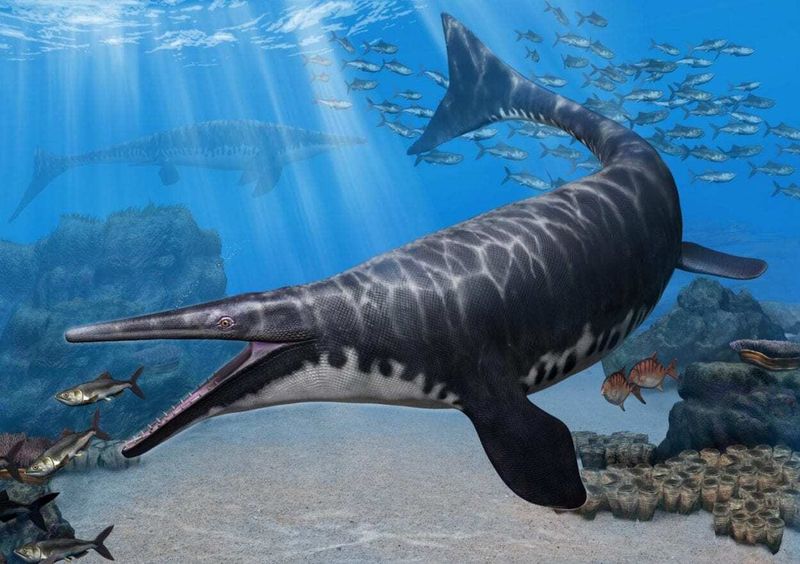
Stelladens has paleontologists worldwide revisiting fossil collections with fresh eyes. How many other specialized adaptations have we missed? The distinctive teeth were initially misidentified as belonging to unusual fish!
This case highlights the importance of citizen science too. A local fossil collector first recognized the teeth as unusual and brought them to researchers’ attention. The next revolutionary discovery might already be sitting in a museum drawer, waiting for someone to look at it differently.




